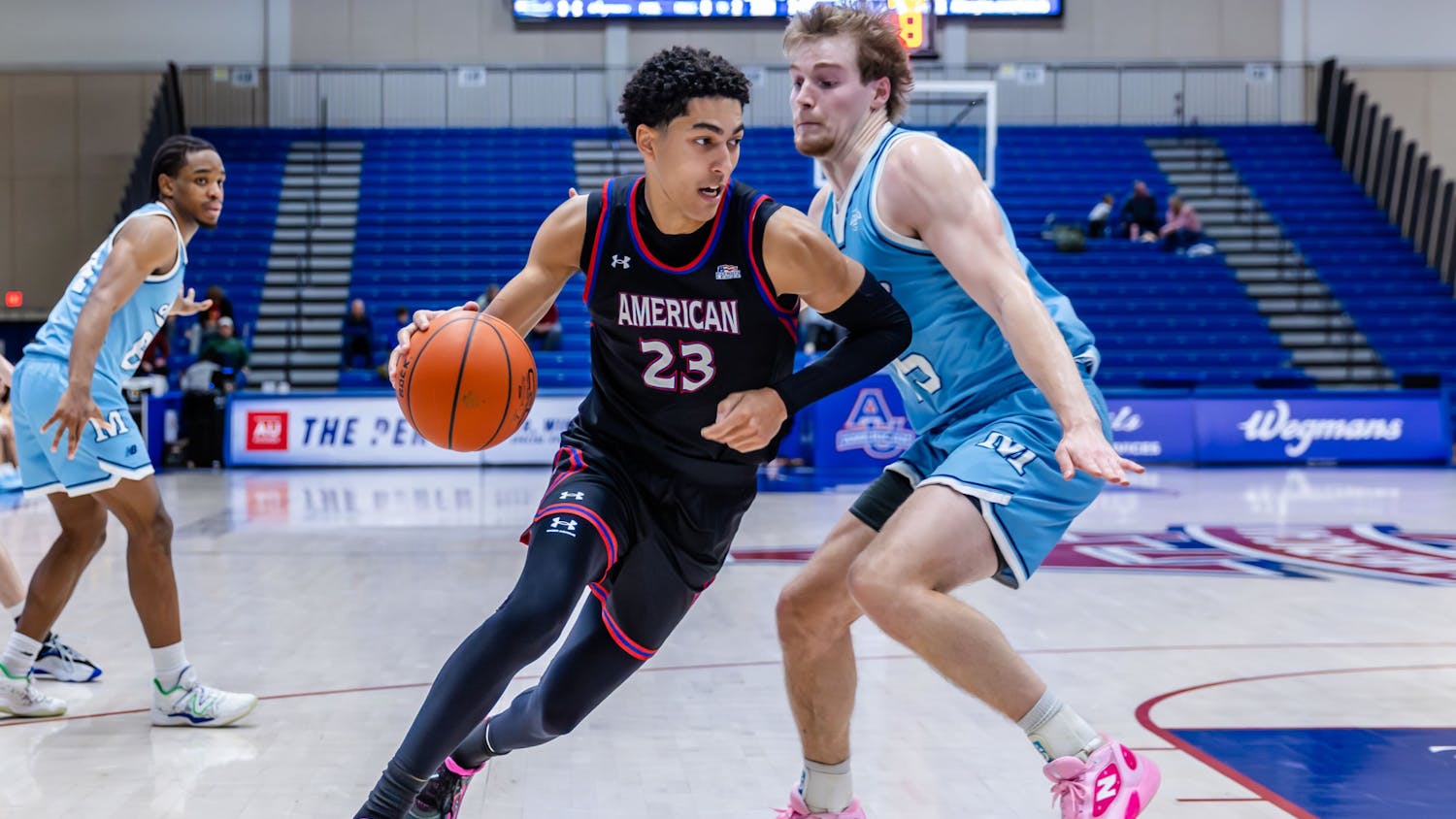Win or go home. That is what it comes down to for NCAA Men's basketball teams that are fighting for the last few positions in March's NCAA tournament.
The NCAA tournament consists of 65 of college basketball's best teams. Of those 65 spots, 31 teams receive automatic bids by winning their conference tournament. The idea of these automatic bids is to give smaller schools an opportunity to play in the spot light against "big-time" schools. An NCAA committee that selects the other 34 teams often has a difficult job of weeding out which teams deserve a spot in the tournament.
The 34 teams that make the tournament without winning their conference championship are known as "at-large" bids. These teams had enough quality wins to impress the committee and thus earned a chance to win the national championship.
When comparing the potential at-large bids, the committee creates a resume of each team. These resumes consist of key wins, key losses, a Rating Percentage Index Ranking and Strength of Schedule Ranking. The RPI Ranking is a formula that consists of a team's winning percentage, their opponents' winning percentage, and their opponents' opponents' winning percentage. Once these resumes are compiled, the selection process begins.
MID-MAJOR CONFERENCES
Although rarely looked at by the committee due to their low strength of schedule, these teams from non-major conferences are making stronger and stronger cases for themselves. Davidson College went to the Elite Eight last year and recent Top 25 polls have consisted of mid-major teams. Butler University and Gonzaga University are among the schools that appear to be building powerhouse programs while coming from the Horizon Conference and the West Coast Conference, respectively. This has forced the tournament committee to take more time to seriously consider teams from smaller conferences.
The largest problem that seems to be facing Mid-Majors is strength of schedule and thus RPI rankings. These two stats bring these schools way down. An example of this can be found in the Davidson Wildcats.
At 21-6 and 15-2 in their conference, the Wildcats appear to be rolling. However, with an RPI of 57 and an SOS of 126, it appears the Wildcats do not have enough quality wins to qualify for the tournament. If a team like Davidson is selected, maybe due to the hype that their star player Stephen Curry adds to the tournament, then several other teams, potentially undeserving would have reason to be selected.
The University of Dayton Flyers of the Atlantic-10 are 23-4 with key wins at #15 Marquette University and at home against #14 Xavier University. All of the Flyers' losses have been on the road. It appears that Dayton should definitely make the 2009 NCAA Tournament.
St. Mary's University, Utah State University and Creighton University all have higher RPI rankings than Davidson. Also, Siena University at 22-6 has an RPI of 25 but an SOS of 73. On the flip side, the Georgetown University Hoyas have the most difficult schedule in the country, but are only 14-12.
Do the mid-major teams all deserve to make it or should the spots be reserved for teams who play more difficult schedules like the Hoyas? This is the question that the selection committee has to answer every year.
You can reach this columnist at sports@theeagleonline.com.




